Welcome to the world of curved architecture. In this overview, we'll explore unique and interesting buildings with curved designs. These buildings look different from the ones with straight lines and angles. Let's discover how these curved designs bring art and creativity to our surroundings.
A Glimpse into the World of Curved Architecture
Curved architecture has been part of human history for a very long time. People first made round houses with natural things like branches and animal skins. They did this to stay safe and dry. As time went on, curved buildings became fancier and more interesting. This article will tell you about how curved buildings started and changed from long ago to today.
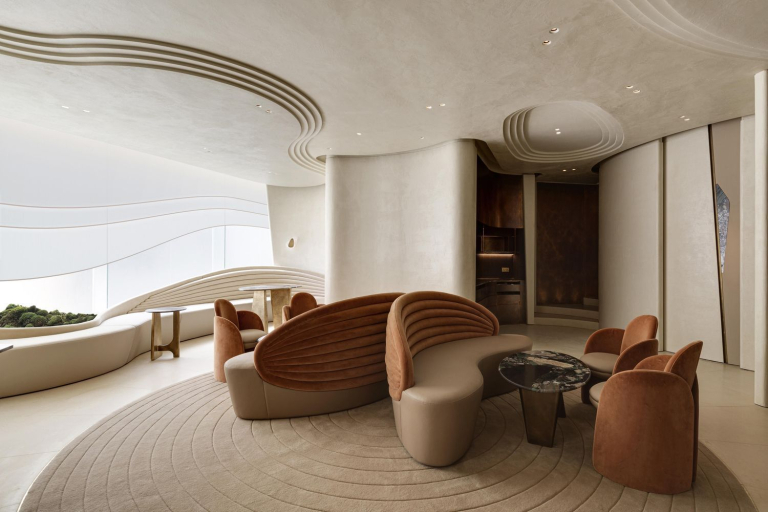
Curved Buildings Long Ago
In the old days, people made curved architecture because it made sense. They used what they had in nature to build round homes. These simple round houses fit with the land and kept people safe. As built drawings of these ancient curved buildings can give us valuable insights into how they were constructed and what they looked like in their original forms.
Middle Ages to Now
As time passed and people learned more about building, curved buildings changed. In the Middle Ages, there were buildings with pointed tops. Later, during the Renaissance, people looked back at old Greek and Roman buildings. They started to use curves again in their designs. Famous builders like Filippo Brunelleschi and Leonardo da Vinci made beautiful buildings with curves. One of their best works is the round dome on top of the Florence Cathedral.
Modern Times
In modern times, buildings have become simpler and more sleek. An architect named Frank Lloyd Wright liked nature a lot. He made buildings with smooth curves that looked like they belonged in the natural world. One of his famous works is the Guggenheim Museum in New York. It has a big round ramp inside.
In the 20th century, architects like Eero Saarinen started to use new materials like strong concrete. They used curves to make buildings like the TWA Flight Center at JFK Airport. It looks like airplane wings.
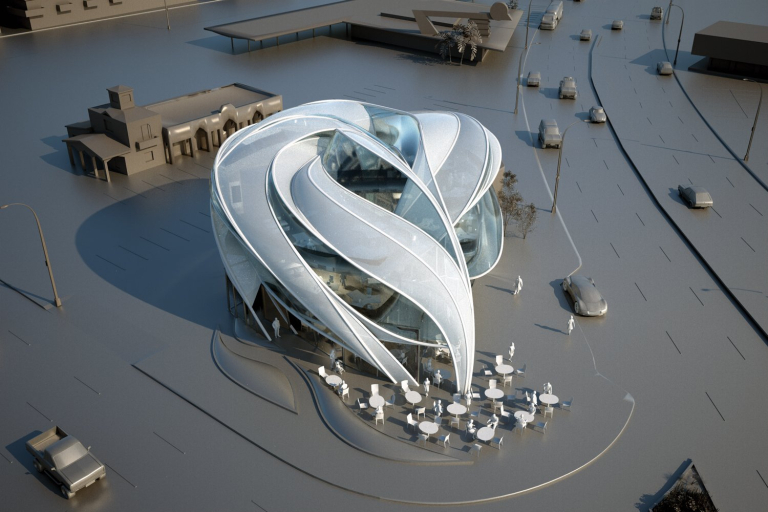
Egypt and Rome
A long time ago, Egyptians and Romans also used curves in their buildings. The Egyptian Great Sphinx had a round body and curved face. Romans were good at making arches and domes. The Colosseum in Rome has lots of arches. The Pantheon in Rome has a huge, round roof. They were very good at using curves in their buildings.
Today and Beyond
Now, we have amazing technology and new materials. Architects like Zaha Hadid make incredible buildings with curves. One of her famous buildings is the Heydar Aliyev Center in Azerbaijan. It looks like it's flowing and changing shape. People use computers and machines to make new curved architecture. They can do things that were not possible before. Curved buildings today are exciting and show us how creative people can be.
Curved architecture have a long history from simple round houses to the amazing designs we see today. Curves in buildings make them look beautiful and special. They remind us that people are always trying new things and making our world more interesting.
The Advantages of Curved Architecture
Curved architecture breaks free from the boxy norm, offering a range of benefits that extend far beyond aesthetics. Let's delve into the reasons why incorporating curves into buildings can be a winning design strategy.
Visual Appeal and Emotional Influence
Beauty in the Curve: Our brains are wired to appreciate curves. Studies suggest that curved shapes are perceived as more beautiful than their straight-edged counterparts, fostering a welcoming and pleasant environment.
A Guiding Eye: Curved lines act as a natural guide for the eye, creating a sense of movement and flow as you navigate a space.
Functional Advantages
Strength in Smoothness: Don't underestimate the power of a curve! Curved structures can be surprisingly sturdy, offering superior resistance against wind and other external forces
Making the Most of Space: Curved walls can be space savers, particularly in tight corners. They eliminate wasted areas and create a more usable layout
Harnessing Nature's Power: Curved roofs can promote better airflow and natural light distribution. By minimizing stagnant air and heat pockets, they contribute to a more energy-efficient design.
Psychological Impact
A Sense of Comfort: Curved shapes evoke a sense of enclosure and intimacy. This inherent warmth makes them ideal for residential spaces and healthcare facilities, where fostering a sense of comfort is crucial.
Biomimicry and Connection to Nature: Curves are abundant in nature, from rolling hills to flowing rivers. By incorporating curved elements, architects can create a more organic and calming environment that resonates with our natural world.
Challenges of Curved Architecture
Curved architecture, while visually stunning, presents a unique set of challenges that demand innovative solutions. Here's a breakdown of the hurdles architects and engineers face when incorporating curves into their designs:
Complex Geometry and Design
Unlike rectilinear structures, curved elements require meticulous planning and intricate calculations. Traditional 2D drawings struggle to accurately represent these complex geometries, leading to potential errors and miscommunication during construction.
Precision in Construction and Fabrication
Not all construction methods translate well to curved shapes. Traditional fabrication techniques may not be efficient for these elements, and sourcing materials that bend readily can be a challenge.
Coordination Amongst Multidisciplinary Teams
Successfully integrating curved features with straight sections requires careful detailing and seamless coordination between architects, engineers, and fabricators. Disconnects during this process can lead to costly delays and rework on site.
Material Selection and Structural Integrity
Curved designs necessitate careful consideration of material selection. Not all materials possess the necessary flexibility to bend without compromising structural integrity. Finding the right balance between aesthetics and structural soundness can be a balancing act.
Cost and Time Considerations
Curved architecture often demands more time and resources compared to traditional straight-line designs. The complexity of design, fabrication, and construction can translate to higher costs for projects incorporating significant curved elements.
How BIM Addresses Challenges in Curved Architecture
Curved architecture, while captivating, presents challenges. Fortunately, Building Information Modeling (BIM) emerges as a powerful ally, helping architects and engineers navigate these hurdles. Here's how BIM addresses the complexities of curved design:
3D Visualization and Modeling
BIM software allows for the creation of precise 3D models of curved elements. This facilitates clear visualization and design review. Everyone involved in the project – architects, engineers, and fabricators – can see the design intent from all angles, reducing errors and ensuring a smooth workflow.
Clash Detection and Coordination
BIM excels at identifying potential clashes (overlapping elements) between curved and straight components before construction begins. This proactive approach minimizes costly on-site adjustments and ensures a smooth construction process.
Read more: The Game-Changing Innovation In Construction With 3D BIM Coordination
Parametric Design Capabilities
BIM software often incorporates parametric design capabilities. This allows architects to define relationships between design elements, making it easier to modify curved features and automatically update the entire model, saving time and minimizing errors.
Quantification and Cost Estimation
BIM facilitates accurate quantification of materials needed for curved elements. This allows for more precise cost estimates, leading to better budget control and informed decision-making throughout the design and construction phases.
Read more: 5D BIM Modeling: Benefits in Cost Estimation and Budget Analysis for AEC Professionals
5 Unique Buildings with Curved Architecture
Curved buildings are special and uncommon, especially when you consider the influence of generative design. They have interesting shapes that bend and twist in unique ways, thanks to the innovative possibilities offered by generative design. Let's explore five remarkable curved buildings from around the world, each with its own fascinating story.
The Lotus Temple, New Delhi, India
In New Delhi, India, there's a beautiful building called the Lotus Temple. It's shaped like a flower that is opening up. The Lotus Temple is a special place because people from all religions can go there to pray and find peace. Its white, curved petals make you feel calm when you visit. This building is unique because it's not just a place to visit; it's also a symbol of peace and unity.
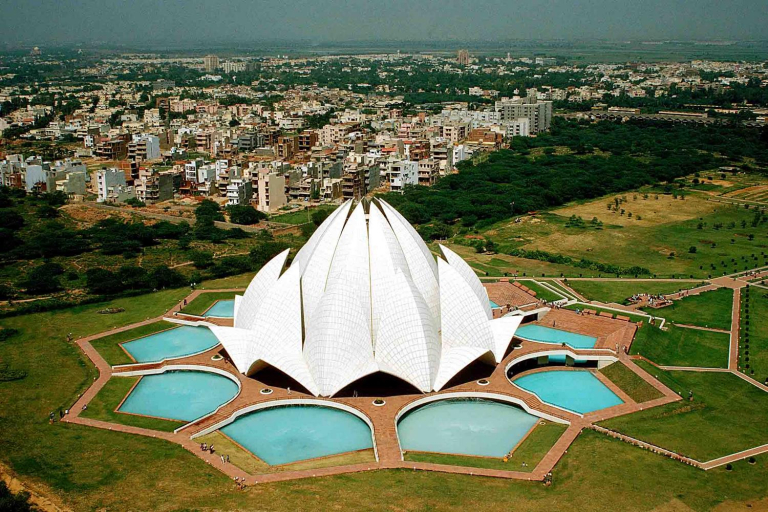
Dancing House, Prague, Czech Republic
Imagine a building that looks like it's dancing! In Prague, Czech Republic, you can see the Dancing House, also known as the Fred and Ginger Building. It's special because it's designed to look like it's moving to music. The shape of this building is curvy and twisty, which is different from most other buildings you might see. When you visit Prague, the Dancing House stands out among all the historic buildings.
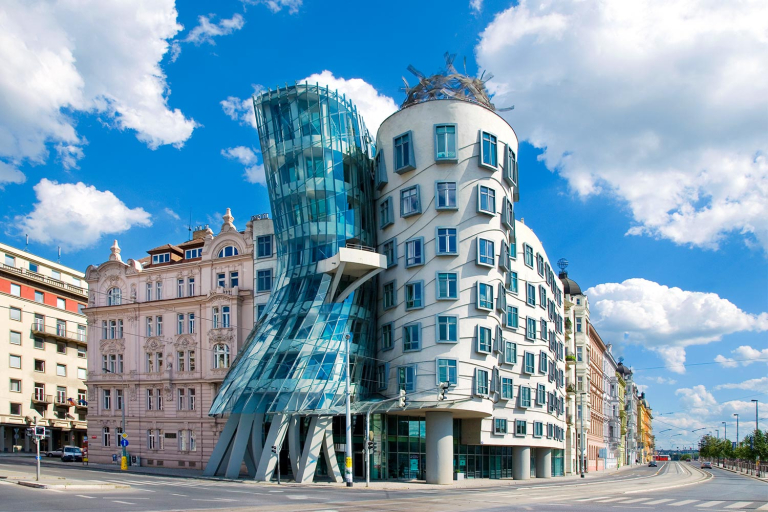
Habitat 67, Montreal, Canada
In Montreal, Canada, there's a building that looks like it's made of giant stacked Lego pieces. It's called Habitat 67 and was created by an architect named Moshe Safdie. This building is special because it has apartments stacked in different angles, making it look like a futuristic puzzle. It was made a long time ago, in 1967, for a World Exposition. Even today, it's a unique and interesting place to see.
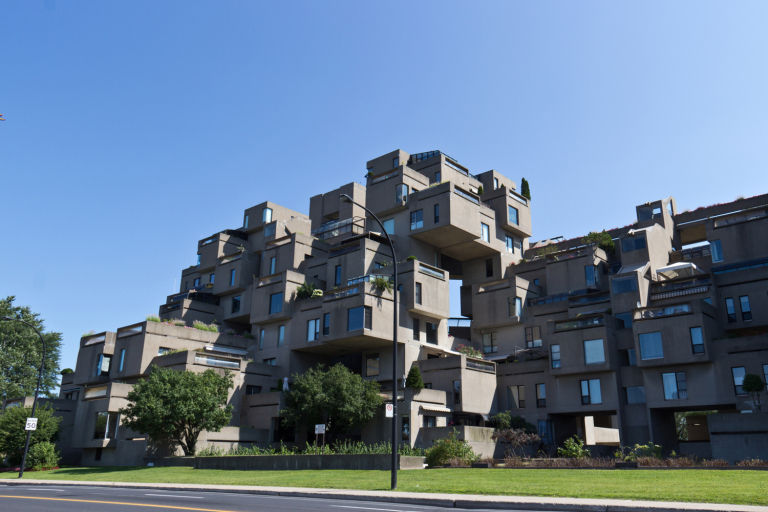
The Sydney Opera House, Sydney, Australia
The Sydney Opera House is a famous symbol of Australia. An architect named Jørn Utzon designed it. The special thing about this building is its roof, which looks like big shells or sails from a ship. These curves are very recognizable and unique. People go to the Sydney Opera House to watch plays, music, and more. It's not just a building; it's a place for the arts and culture in Sydney, Australia.
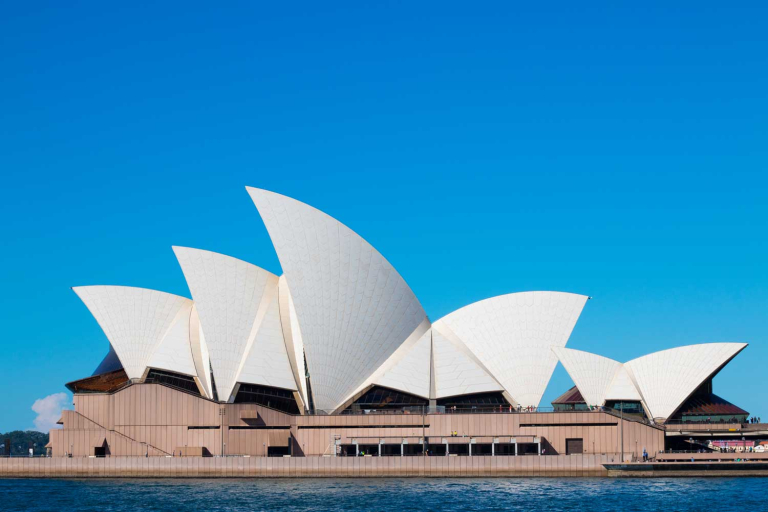
The Guggenheim Museum, Bilbao, Spain
The Guggenheim Museum in Bilbao, Spain, is a special place. It looks like it's made of shiny metal waves. A famous architect named Frank Gehry designed it. This building's shape is unique because it bends and twists in a special way. When the sun shines on it, it looks like it's moving. The Guggenheim Museum is not just any building; it's also home to lots of modern art. So, the building itself is like a piece of art.
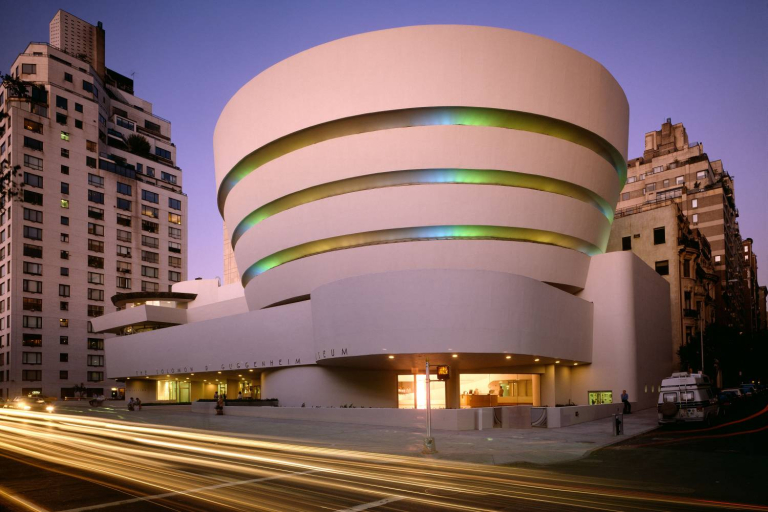
These five buildings are different from regular buildings. They have special shapes and curves that make them interesting to look at. When you travel, try to find these unique buildings, and you'll see how amazing and creative architecture can be.
Conclusion
Welcome to Harmony Advanced Technologies. We're here to offer you top-notch BIM/CIM modeling services that are easy to understand and use. We're known for our expertise in this field, and we help clients from all around the world, including the US, the UK, Europe, Germany, Japan, and Singapore.
No matter how big or small your project is, we make sure our BIM modeling is super accurate. Our experienced team has a lot of know-how in BIM/CIM, and we're known for providing excellent solutions for construction and architecture.
We use special software to create digital models of your projects. These models include lots of details about how things will look and work, like the building's structure, the materials needed, and other important information. This helps prevent mistakes, makes communication better, and lets you make smart choices for your business.
Ready to get started? Contact us here. We're here to help you succeed, and we make things easy for you.
Categories





